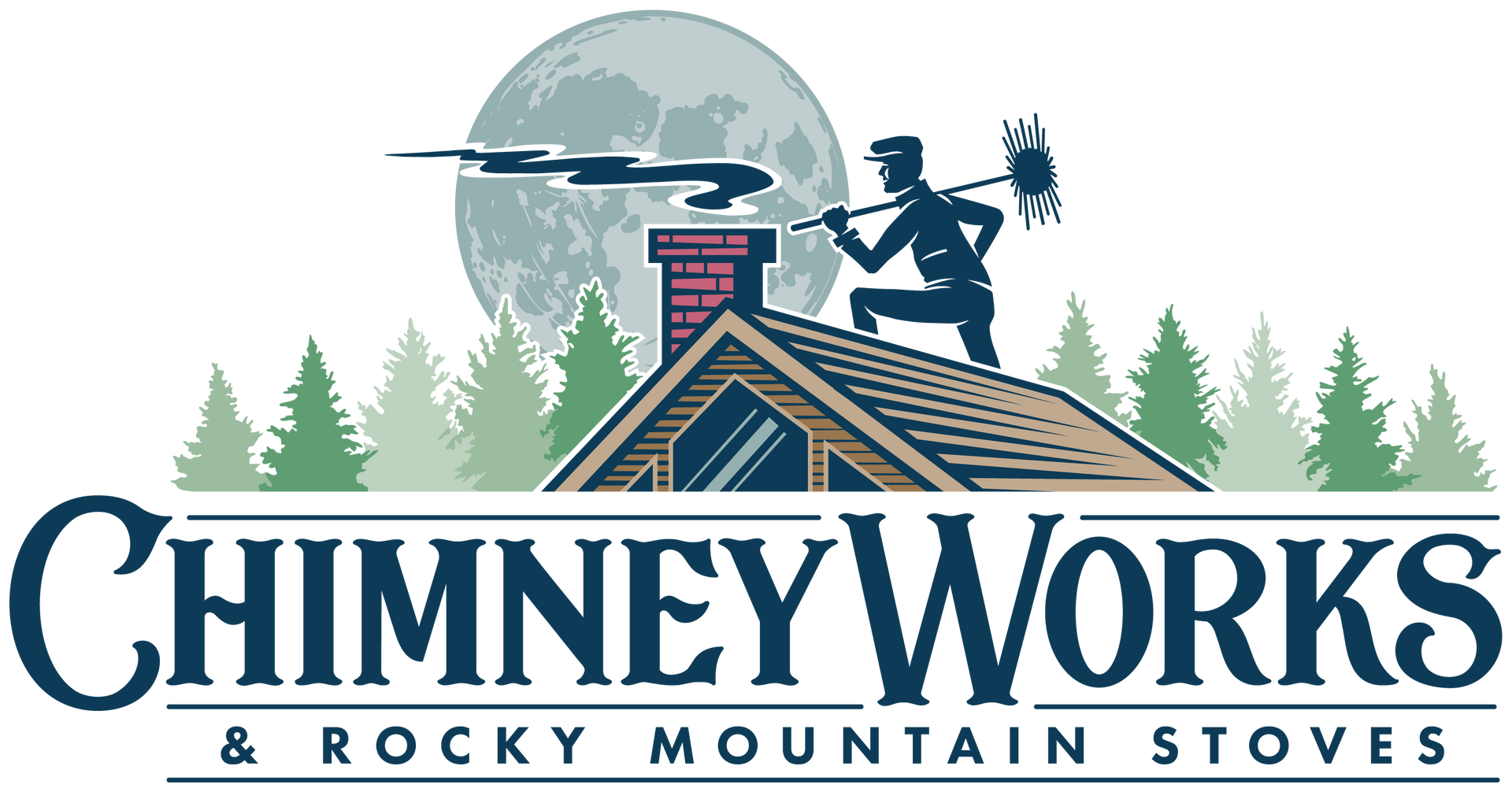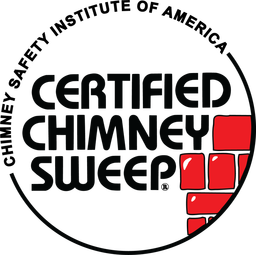CHIMNEY SWEEP & INSPECTION
We’re Chimney Works. Since 2001 we have provided chimney sweep & chimney inspection services to the Cincinnati, Dayton and Northern Kentucky areas.
CHIMNEY SWEEP CINCINNATI, SE DAYTON, NORTHERN KENTUCKY, SW INDIANA
We serve the Greater Cincinnati Area, within 50 miles of Cincinnati.
WHAT TO EXPECT FROM A CHIMNEY CLEANING at Chimney Works.
THE CHIMNEYWORKS PROCESS.
1.
We’ll call ahead of time to let you know we are coming.
2.
Friendly and knowledgeable techs will arrive on time.
3.
We respect your home. We’ll set up drop cloths, rug runners and use shoe covers to protect your carpet.
4.
Brushable creosote and soot are removed without damaging your fireplace or chimney. We’ll start inside at your firebox and work our way up to the top of the flue.
5.
We will use both brushes on rods and hand brushes to ensure all parts of your chimney are cleaned.
6.
Elbows in factory-built chimneys or connector pipes are cleaned and inspected.
7.
We’ll clean, inspect and adjust your chimney damper and damper assembly.
8.
Our technicians will work from both outside and inside the home and use proven methods to assure that no soot or creosote escapes into the room during the cleaning service.
9.
A high-speed vacuum with a triple layer HEPA filter will be used during cleaning and tarps over the fireplace stop any dislodged soot and creosote from entering and staining your home
10.
All soot and creosote dislodged during the cleaning process will be removed from the smoke shelf and firebox by a high-speed vacuum. Nothing gets left behind.
11.
Chimney Works will also examine the stove or fireplace and chimney and will provide information regarding any problems or concerns discovered during the cleaning process. We will provide a convenient electronic report with pictures so you can always have a record of our work. If we find repairs are needed – NO PRESSURE.
Prevent Fires
Cleaned Chimney
Video Review
Level 1 Inspection
WHAT TO EXPECT FROM A CHIMNEY INSPECTION?
A licensed chimney sweep will not only clean the chimney of built-up creosote, but will alert you to defects in the flue or firebox that cause safety concerns.
A qualified chimney sweep will inspect:
01
A cap with a screen should be present on the chimney to prevent rain, snow and birds and animals from entering the chimney.
02
The condition of the bricks and mortar should be inspected. The bricks exposed to weather need to be reset or the mortar may need repointing.
03
The flue liner should be inspected for excessive creosote buildup or cracked flue tiles. The leading cause of fires from wood-burning fireplaces, inserts or wood stoves is partially burned fuel (creosote) deposited on the walls of the chimney flue.
04
If your fireplace has glass doors, the gasket material around the door opening should be inspected. Defective gaskets should be replaced to ensure proper operation of the fireplace. If you have an insert or a wood stove, the gasket is responsible for making the unit airtight. Defective gaskets can cause an excess air can leak into the firebox creating an over fire condition, which may permanently damage the appliance
05
If applicable, the blower of your fireplace should be cleaned. Excessive dirt will shorten the life of the blower and create a potential fire hazard.
06
A professional should check for deteriorated or broken brick in the lining of the firebox. Replacement of the bricks may or may not be necessary depending on the severity of the damage.
WANT TO LEARN MORE ABOUT OUR CHIMNEY SWEEP PROCESS?
Both the Chimney Sweep Institute of America (CSIA) and the National Fire Protection Association (NFPA) recommend an annual chimney inspection for a reason: They prevent fires from occurring. According to a landmark study completed in 2013, over 20,000 fires related to Fireplace & Chimneys occur annually.






